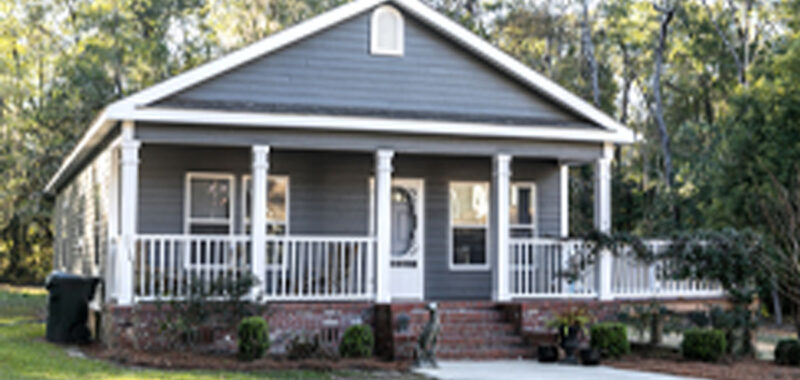An analysis of data from the U.S. Department of Housing and Urban Development (HUD) and U.S. Census Bureau over a five-year period shows that prices for manufactured homes have risen by nearly 60% as the nation continues to contend with a housing affordability crisis that stems in part from a shortage of sufficient inventory.
The study from LendingTree found that the average price of a new manufactured home sold in the U.S. increased by 58.34% between 2018 and 2023.
The study — which refers to such homes as “mobile homes,” a term the manufactured housing industry sees as imprecise at best and erroneous at worst — also found that prices these homes accelerated at a faster pace than traditional single-family homes.
“In contrast, the average sales price of new site-built, single-family homes (excluding land) rose by 37.66% over the same period,” the study explained.
While these increases — and the speed at which they’re happening — are significant, manufactured homes remain a less expensive option for people to explore. The average price of a manufactured home in the U.S. stands at $124,300, far less than the price of a site-built home in 2023 ($409,872, or $285,572 more than a manufactured home).
Despite the long-term trend of rising prices, however, the average sale price of a new manufactured home fell between 2022 and 2023. That was in contrast to the steady pace of home-price appreciation for site-built homes.
“In this period, the average sales price of new [manufactured] homes fell 2.36% from $127,300,” LendingTree reported. “[Manufactured] home prices can be volatile, so we’ll need more time before saying if this decline is the start of a new trend.”
Among all states, the ones where manufactured homes tend to sell for the highest prices were Washington ($164,100), California ($154,500) and Arizona ($148,800).
California and Washington, in particular, are routinely mentioned in other studies as states with some of the biggest supply shortfalls for single-family homes. Among the top 15 metro areas with the largest housing supply shortages in 2022 as measured by Zillow at the end of October, five of them were in Arizona, California or Washington.
“In many ways, rising [manufactured] home prices across the United States are a cause for concern,” Jacob Channel, senior economist at LendingTree, said in the report. “After all, as prices rise, [manufactured] homes become more and more unaffordable for the people most likely to seek them out. That said, [manufactured] homes typically remain considerably cheaper than their single-family, site-built counterparts.”
In recent years, leaders at HUD and the Federal Housing Administration (FHA) have given more attention to manufactured housing. In September, HUD announced updates to its manufactured housing construction and safety standards. It called these the most extensive updates of their kind in three decades as the department seeks to modernize the features of manufactured homes to drive demand.
In June, HUD announced the launch of a new program designed to allow for the purchase, refinance or renovation of manufactured home communities under an FHA-sponsored loan program.
Despite that attention, however, some in the industry have chafed at the portrayal of land-lease communities by government housing authorities. Lesli Gooch, CEO of the Manufactured Housing Institute, told HousingWire that she was concerned about the rhetoric coming out of HUD toward private partners, although she was generally encouraged by the additional attention at the federal level.

